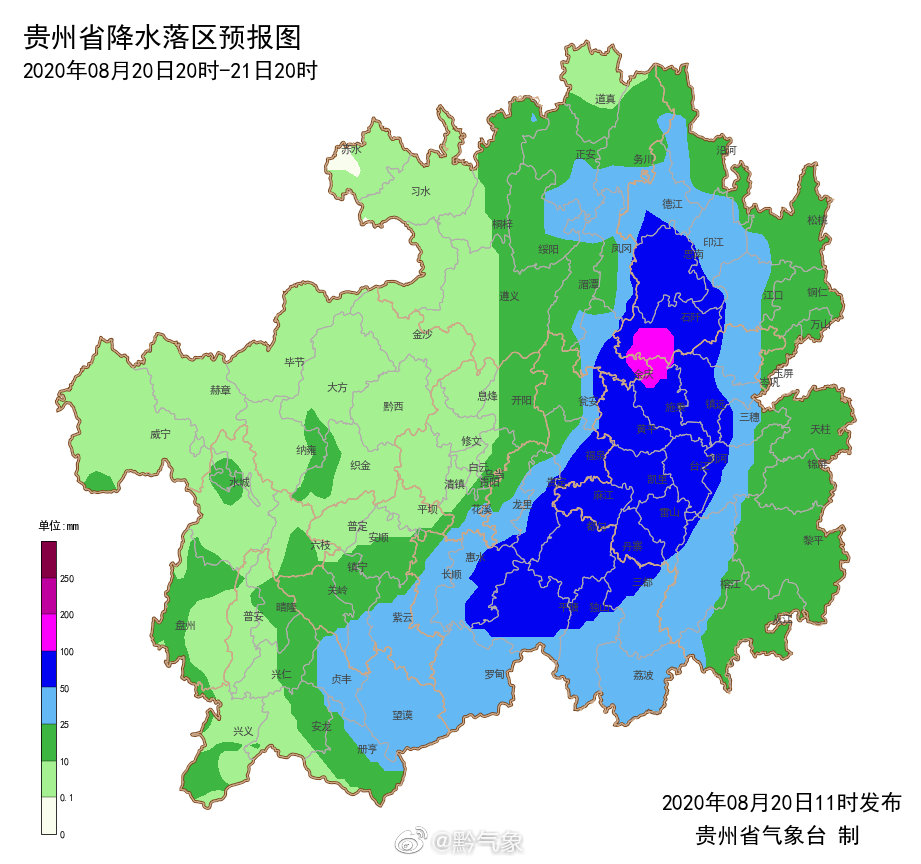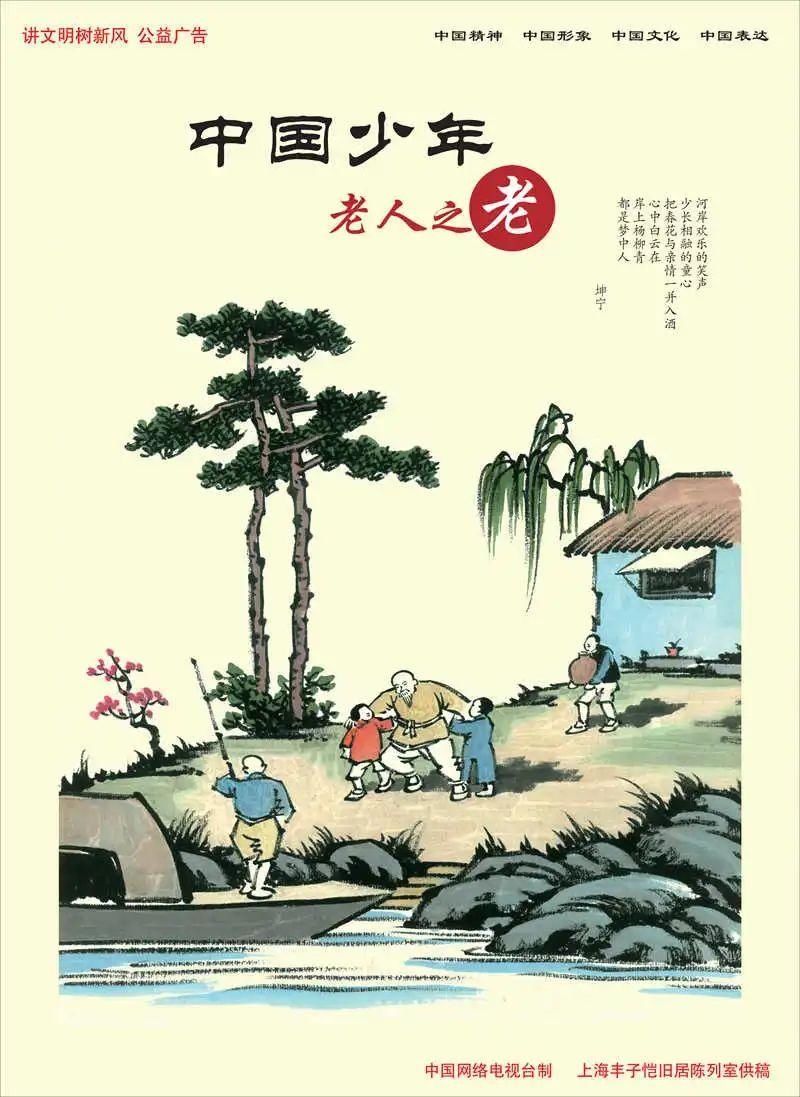иҝҪжҹҘжәҗз Ғ пјҢ жҲ‘еҸ‘зҺ°д»–жҳҜз”Ёзҡ„findж–№жі• пјҢ е°Ҷз»“жһңи·ҹе°ҫиҝӯд»ЈеҷЁжҜ”иҫғ пјҢ еҰӮжһңдёҚзӯүдәҺе°ҫиҝӯд»ЈеҷЁе°ұжҳҜжүҫеҲ°дәҶ пјҢ иҝ”еӣһ1пјӣеҸҚд№Ӣе°ұжҳҜжІЎжүҫеҲ° пјҢ иҝ”еӣһ0 гҖӮ
find(const _Key& __k) const { const_iterator __j = _M_lower_bound(_M_begin(), _M_end(), __k); return (__j == end() || _M_impl._M_key_compare(__k, _S_key(__j._M_node))) ? end() : __j; }findиҺ·еҸ–е…ғзҙ иҝӯд»ЈеҷЁ/* * з”ЁfindеҮҪж•°еҜ»жүҫе…ғзҙ пјҢ * */void find2(set<int> s ){ if (s.find(4)!= s.end() ) { cout << "е…ғзҙ 4еӯҳеңЁ"<<endl; }else{ cout << "е…ғзҙ 4дёҚеӯҳеңЁ"; } if (s.find(8)!= s.end() ) { cout << "е…ғзҙ 8еӯҳеңЁ"<<endl; }else{ cout << "е…ғзҙ 8дёҚеӯҳеңЁ"; }}иҖҢеә•еұӮжҳҜи°ғз”Ёзҡ„дёҚеёҰconstж Үзҡ„findеҮҪж•° пјҢ еҮҪж•°дҪ“жҳҜдёҖж ·зҡ„пјҒиҖҢе…¶дёӯзҡ„ж ёеҝғйҖ»иҫ‘е°ұжҳҜз”Ё_M_lower_boundеҮҪж•°жҹҘжүҫжқҘзЎ®е®ҡдҪҚзҪ® гҖӮ
_M_lower_bound(_Link_type __x, _Base_ptr __y, const _Key &__k){ while (__x != 0) { if (!_M_impl._M_key_compare(_S_key(__x), __k)) __y = __x, __x = _S_left(__x); else __x = _S_right(__x); } return iterator(__y); }жҜ”иҫғеҮҪж•°keyжҺ’еәҸmapдёӯй»ҳи®Өе°ұжҳҜдҪҝз”ЁkeyжҺ’еәҸзҡ„ пјҢ иҮӘеҠЁжҢүз…§keyзҡ„еӨ§е°Ҹ пјҢ еўһеәҸеӯҳеӮЁ пјҢ иҝҷд№ҹжҳҜдҪңдёәkeyзҡ„зұ»еһӢеҝ…йЎ»иғҪеӨҹиҝӣиЎҢ < иҝҗз®—жҜ”
иҫғзҡ„еҺҹеӣ гҖӮ
йҰ–е…ҲзңӢдёҖзңјmapжЁЎжқҝзҡ„е®ҡд№ү пјҢ йҮҚзӮ№зңӢдёӢ第дёүдёӘеҸӮж•°пјҡclass Compare = less<Key> гҖӮ
template < class Key пјҢ class T пјҢ class Compare = less<Key> пјҢ class Allocator = allocator<pair<const Key пјҢ T> > > class map;дёҺlessзӣёеҜ№зҡ„иҝҳжңүgreater пјҢ йғҪжҳҜSTLйҮҢйқўзҡ„дёҖдёӘеҮҪж•°еҜ№иұЎ пјҢ йӮЈд№Ҳд»Җд№ҲжҳҜеҮҪж•°еҜ№иұЎе‘ўпјҹ
еҮҪж•°еҜ№иұЎпјҡеҚіи°ғз”Ёж“ҚдҪңз¬Ұзҡ„зұ» пјҢ е…¶еҜ№иұЎеёёз§°дёәеҮҪж•°еҜ№иұЎпјҲfunction objectпјү пјҢ е®ғ们жҳҜиЎҢдёәзұ»дјјеҮҪж•°зҡ„еҜ№иұЎ гҖӮиЎЁзҺ°еҮәдёҖдёӘеҮҪж•°зҡ„зү№еҫҒ пјҢ е°ұжҳҜйҖҡиҝҮ“еҜ№иұЎеҗҚ+(еҸӮж•°еҲ—иЎЁ)”зҡ„ж–№ејҸдҪҝз”ЁдёҖдёӘ зұ» пјҢ е…¶е®һиҙЁжҳҜеҜ№operator()ж“ҚдҪңз¬Ұзҡ„йҮҚиҪҪ гҖӮ
е…·дҪ“зҡ„дҫӢеӯҗеҸҜд»ҘеҺ»зңӢеҸҰдёҖзҜҮж–Үз« пјҡCppжө…жһҗзі»еҲ—-STLд№Ӣset пјҢ иҝҷйҮҢе°ұдёҚиөҳиҝ°дәҶ гҖӮ
valueжҺ’еәҸйҖ»иҫ‘дёҠжҳҜе…ҲиҪ¬дёәvectorж•°з»„ пјҢ жҺҘзқҖе°Ҷж•°з»„з”ЁжҢҮе®ҡзҡ„规еҲҷйҮҚж–°жҺ’еәҸеҫ—еҲ°жҺ’еәҸеҘҪзҡ„з»“жһң гҖӮиҮідәҺжҳҜеҗҰз”ЁжҺ’еәҸеҘҪзҡ„ж•°з»„еҺ»иҪ¬жҚўдёәmapеҜ№иұЎеҲҷжҳҜзңӢиҰҒжұӮдәҶ гҖӮ
bool Special(pair<string, int> a, pair<string, int> b) { return a.second < b.second;//д»Һе°ҸеҲ°еӨ§жҺ’еәҸ}void specialCompare() { // еҲқе§ӢmapйӣҶеҗҲ map<string, int> m; m["a"] = 2; m["b"] = 3; m["c"] = 1; // иҪ¬дёәvectorйӣҶеҗҲ vector<pair<string, int> > demo(m.begin(), m.end()); for (auto it = demo.begin(); it != demo.end(); ++it) { cout << (*it).first << " " << (*it).second << endl; } cout << endl; // жҺ’еәҸеҗҺжҹҘзңӢж•Ҳжһң sort(demo.begin(), demo.end(), Special); for (auto it = demo.begin(); it != demo.end(); ++it) { cout << (*it).first << " " << (*it).second << endl; } cout << endl; // иҪ¬жҚўдёәж–°зҡ„mapйӣҶеҗҲ пјҢ еҢәеҲ«е°ұжҳҜеүҚеҗҺзұ»еһӢеҸҚдәҶ гҖӮ map<int, string> m2; for (vector<pair<string, int> >::iterator it = demo.begin(); it != demo.end(); ++it){ m2[(*it).second]=(*it).first; } map<int, string>::iterator iter; for (iter = m2.begin(); iter != m2.end(); iter++) { cout << iter->first << ' ' << iter->second << endl; }}//a 2// b 3// c 1//// c 1// a 2// b 3//// 1 c// 2 a// 3 b
жҺЁиҚҗйҳ…иҜ»
- жғ жҷ®жҲҳзі»еҲ—еҸ°ејҸжңәиҜ„жөӢ жғ жҷ®еҸ°ејҸз”өи„‘жҖҺд№Ҳж ·
- жІҲжңҲ|зӣҳзӮ№вҖңиҮҙжҲ‘们系еҲ—вҖқе…ӯеӨ§дё»жј”зҺ°зҠ¶пјҢ5дәәжҲҗдәҶжөҒйҮҸжј”е‘ҳпјҢ1дәәдёҚеҶҚжӢҚжҲҸ
- жҲҳзҘһ|жҺЁзҝ»дёҖеҲҮзҡ„ж–°гҖҠжҲҳзҘһгҖӢзі»еҲ—пјҢз»ӯдҪңиҝҳиғҪеёҰжқҘжғҠе–ңеҗ—пјҹ
- зҫҺеү§|зҪ‘йЈһеҮәе“Ғзҡ„6йғЁй»„жҡҙзі»еҲ—зҫҺеү§пјҢдёҖеҸЈж°”зңӢе®ҢзңҹиҝҮзҳҫ
- з”ҹеҢ–еҚұжңәе…Ёзі»еҲ—еү§жғ…и§Јжһҗ з”ҹеҢ–еҚұжңәз”өеҪұеү§жғ…
- зҫҺеү§зі»еҲ—еү§е“ӘйғЁеҘҪзңӢ,зңӢзңӢжңүд»Җд№ҲеҘҪзңӢзҡ„зҫҺеү§-
- е§җе§җ|зҪ‘з»ңзҫҺеҘізі»еҲ—пјӣд№ғжңЁеқӮжңҖжјӮдә®зҡ„е§җе§җвҖ“еҚ«и—ӨзҫҺеҪ©
- дёәд»Җд№ҲзҢҺй№°зі»еҲ—еҸ‘еұ•иҝ…йҖҹ
- дё»жҢҒдәә|вҖңйҮҚеҗҜвҖқзі»еҲ—з»ӯдҪңз”өеҪұгҖҠйҮҚеҗҜд№Ӣж·ұжёҠз–‘еҶўгҖӢд»Ҡж—ҘдёҠзәҝ й«ҳиғҪжҺўйҷ©зІҫеҪ©еҚҮзә§
- йӣ…иҜ—е…°й»ӣзәўзҹіжҰҙзі»еҲ—еҗҲйҖӮе№ҙзәӘжҳҜд»Җд№Ҳпјҹ йӣ…иҜ—е…°й»ӣзәўзҹіжҰҙзі»еҲ—




















